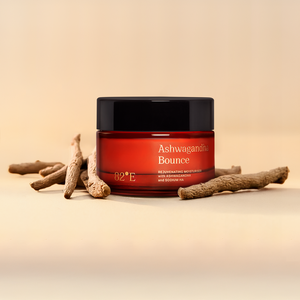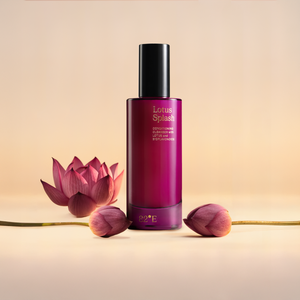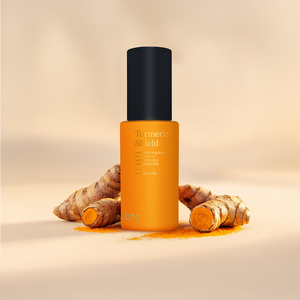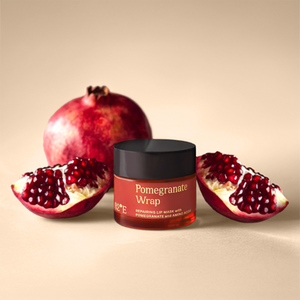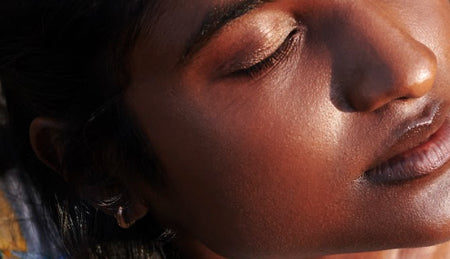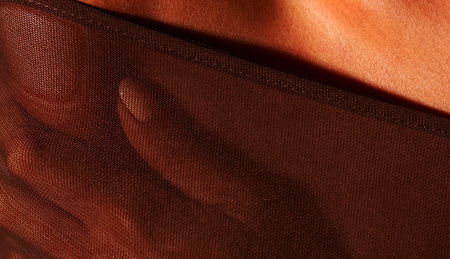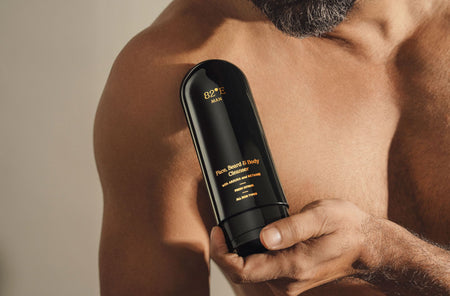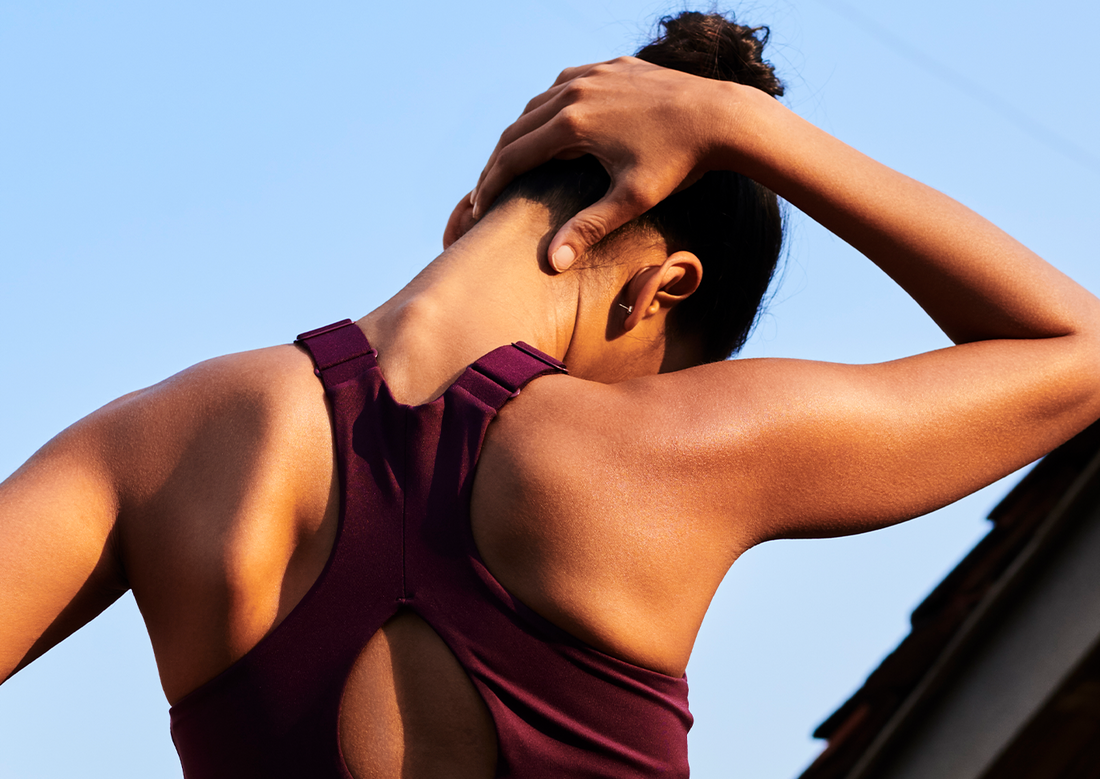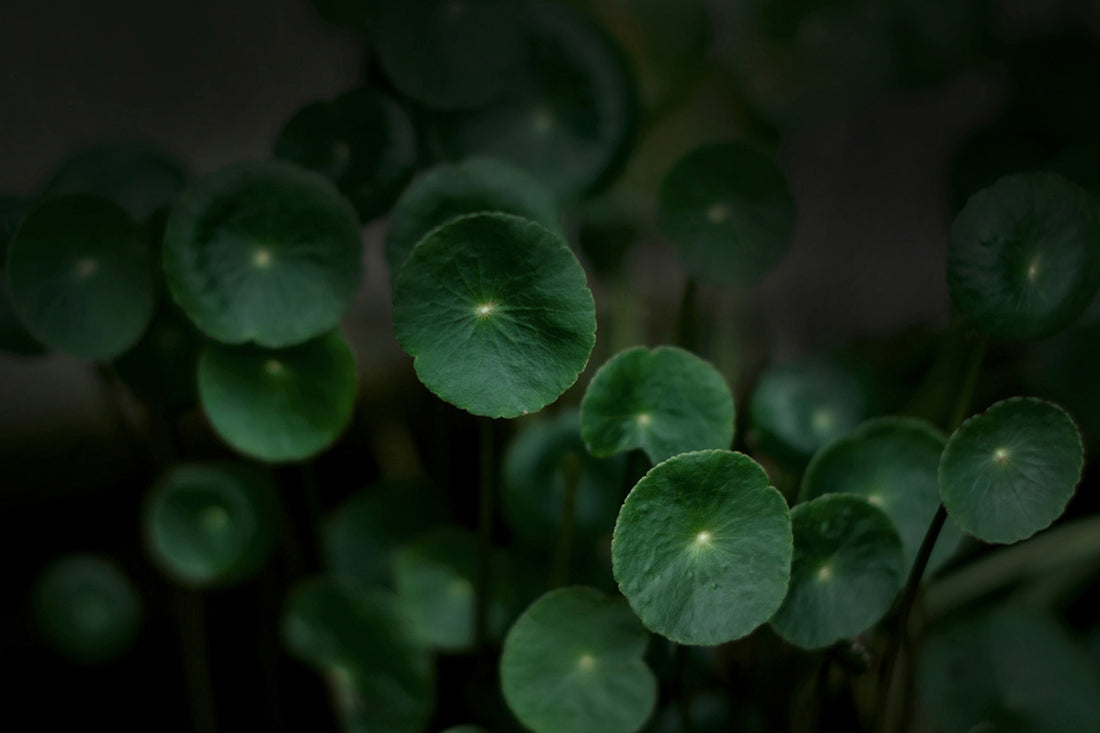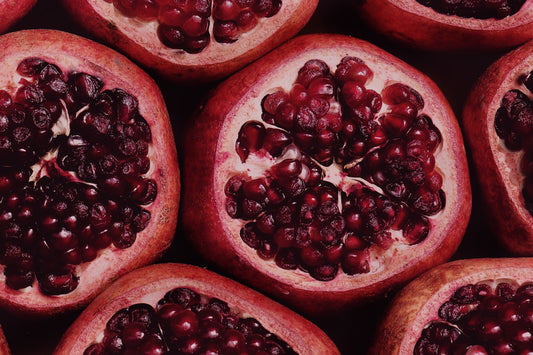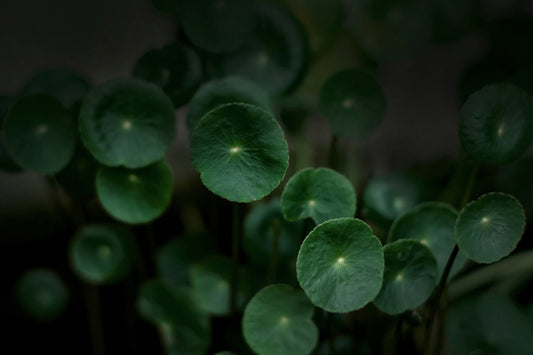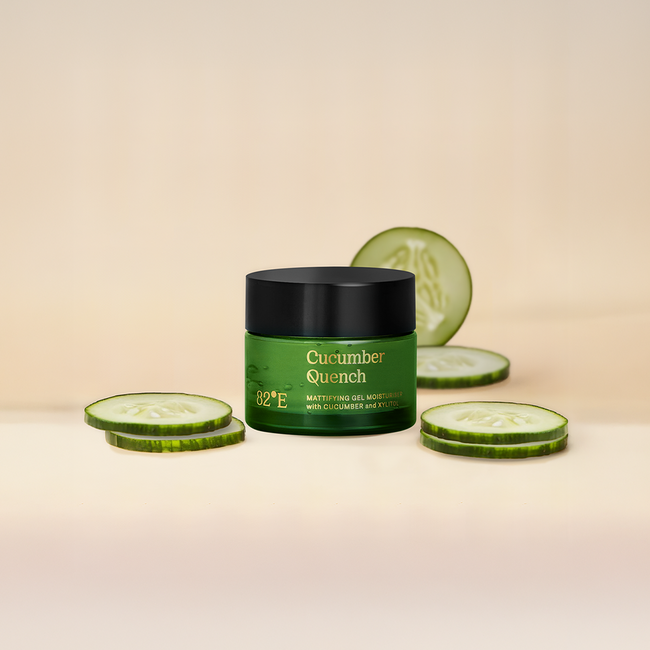
The importance of good skincare cannot be negated in today's world, where one's inner and outer radiance comes as the first introduction. However, understanding the dynamics of the same needs in-depth knowledge of the ever-evolving world of beauty as new products come into the market every day, claiming superiority and creating confusion for skincare lovers. Hence, selecting products that are your skin-specific is crucial, studying the ingredients and benefits they can bring to your skin.
But what's after that? Even if you have the right products in your hand and don't know when to apply them, how to use them, and the proper order to apply skincare products, your skincare will not yield the desired results. Learning these basics is called the art of layering.
What is Layering in Skincare?
Most of us know the basic skincare routine includes cleanse, hydrate, and protect. However, what about those extra steps that fit between them? For instance, if we need to apply serums and spot treatments?
Systematically applying the appropriate skincare product to achieve the best outcomes is what layering means. The basics of layering skincare products follow cleanse, hydrate, treat, and protect, resulting in glowing skin.
Why is Knowing the Basics of Layering Important?
Choosing the appropriate products at the right time and applying them in the proper order are the keys to creating an efficient skincare routine. Here are the reasons you should know the order to apply skin care products to enjoy optimal results on your skincare routine.
- Better Absorption: Sequencing skincare products is critical to facilitate proper absorption of the ingredients and maintain the PH and skin consistency. Using a light consistency product first and then a thicker consistency product is one of the thumb rules of layering.
- Enhanced Effectiveness: The science of layering will improve the effectiveness of skincare products, providing you with visibly glowing skin. When you use products that do not complement one another, their effects can be cancelled out, leaving you with a routine that does not improve the condition of your skin.
- Reduces the Chance of Skin Damage: Knowing what product you should apply after what can lessen the possibility of creating irritation and unintended reactions, which can result in new skin issues.
Basics of Layering: Your Step-by-Step Guide
The primary objective of skincare layering is to get the most out of your products on the guidelines of cleansing, hydrating and protection. It is recommended to plan your skincare layering according to the time of the day. Your morning skincare regimen should protect and avoid damage, while your evening routine should emphasise restoring and renewing the skin. Below is the basic skincare routine and the order to apply skincare products. Let's start with the first first.
Cleanser

Start skincare routine by cleaning face using skin-appropriate cleanser. Cleansing will remove all the dirt, oil, and grime that has built up in and around your pores. It provides you with a clean surface for products to permeate into your skin, yielding desirable results. Select a cleanser that is mild, alcohol-free, and non-abrasive. Such cleaners won't remove too many of the skin oils, maintaining the healthy skin barrier.
Discover:
- Lotus Splash conditioning cleanser with Lotus and Bioflavonoids
- Sugarcane Soak mattifying cleanser with Sugarcane and Mandelic Acid
Toner
Though using a toner is optional, adding it to your skincare routine has its perks. Some benefits of using the toner are minimised pore size, strengthened skin barrier against impurities, and balanced pH levels. It tightens the cell gap after cleansing and helps prepare the face to apply the other products.
Discover: Gotu Kola Dew toner serum with Gotu Kola and Niacinamide
Spot Treatment
Spot treatments should be used immediately after cleaning or toning if you're seeking to clear up a pimple or dark spots. Depending on what you're treating, these products include various active substances targeted at small skin areas. Applying spot treatments directly to your freshly cleaned and prepared skin maximises the penetration of the active components.
Serums
Serums are established to have a thin consistency; hence, they should be used before moisturising. They are made up of active chemicals in highly concentrated compositions designed to address your skin's problems, such as acne, pigmentation, dark spots, ageing, fine lines, etc. These serums are carefully constructed to reach the skin's lowest layer, where they work to smooth, hydrate, brighten, and nourish, along with rectifying skin issues.
Eye Cream
Under-eye care is as important as your face care. You can use it both in the morning and night for better results. Applying eye cream after any treatment product is recommended as it absorbs better because of its thick texture. The sensitive skin around your eyes, which is prone to wrinkles and UV damage, might benefit from additional moisture. They are also good for curing puffiness and dark circles due to stress.
Discover: Rose Boost eye cream with Rose and Peptides
Moisturiser

This is a staple in any skincare routine. Moisturisers are best applied after lighter serums or treatments. If you are not into toning, serums or other treatment products, you can use moisturiser immediately after cleansing. It is the bare minimum. The purpose of moisturisers is to hydrate by enhancing the water content of your skin and restoring the skin barrier to stop any impurities and dirt from penetrating the skin.
However, they can seal your skin and stop thinner items from absorbing completely. Any active substance used after the moisturiser would not be able to penetrate the skin very well because moisturisers function as an occlusive in sealing all the products. Choose moisturiser as per your skin type.
Discover:
- Ashwagandha Bounce rejuvenating moisturiser with Ashwagandha and Sodium Hyaluronate
- Cucumber Quench soothing moisturiser with Cucumber and Xylitol
Facial Oils
Always apply face oils after using a moisturiser because they have a heavier consistency than the latter. Your skin gets more moisture and hydration from face oils, locking all essential nutrients for radiant skin.
Discover: Bakuchiol Slip illuminating face oil with Bakuchiol and Squalane
Sunscreen

Any skincare routine should always conclude with sunscreen. Sunscreen is a shield to protect the skin from damage because it is designed to block the sun's harmful UV radiation. The best sunscreens offer maximum protection with broad-spectrum coverage and an SPF of 30 or higher.
Discover:
- Turmeric Shield soothing sunscreen serum with Turmeric and Ceramides
- Licorice Beam clear sunscreen gel with Licorice and Ceramides
- Patchouli Glow Nourishing sunscreen drops with Patchouli and Ceramides
How Long Should You Wait In Between Using Skin Care Products?
Giving a 30 second to 1-minute gap between the application of each product is a golden rule that must be observed while practising layering of skincare products to guarantee the best absorption of each product to your skin.
How to Plan a Skincare Routine That Works for Your Skin
Before devising any skincare routine, understand your skin and its needs. Every skin has different requirements and concerns based on its type (oily, dry, sensitive, and combination). A skincare routine for oily skin may be other than the one with dry skin or acne-prone skin. You may add some steps or products in a specific skin type skincare routine or skip some in another.

